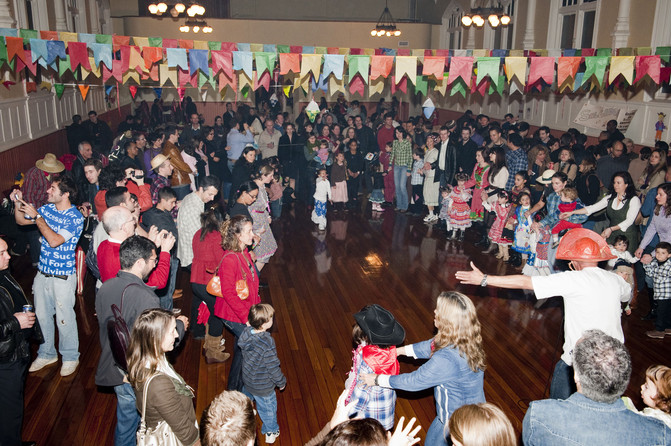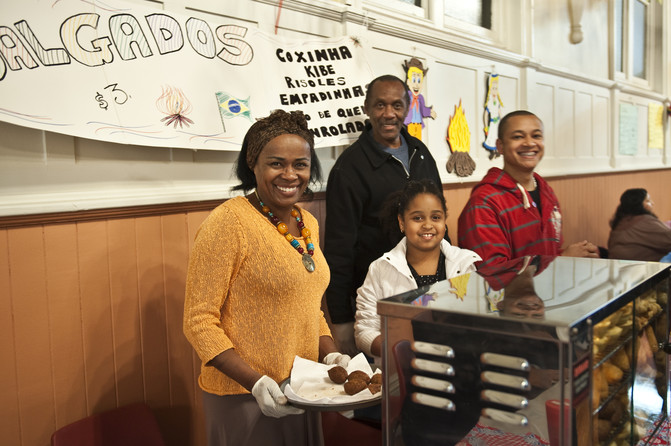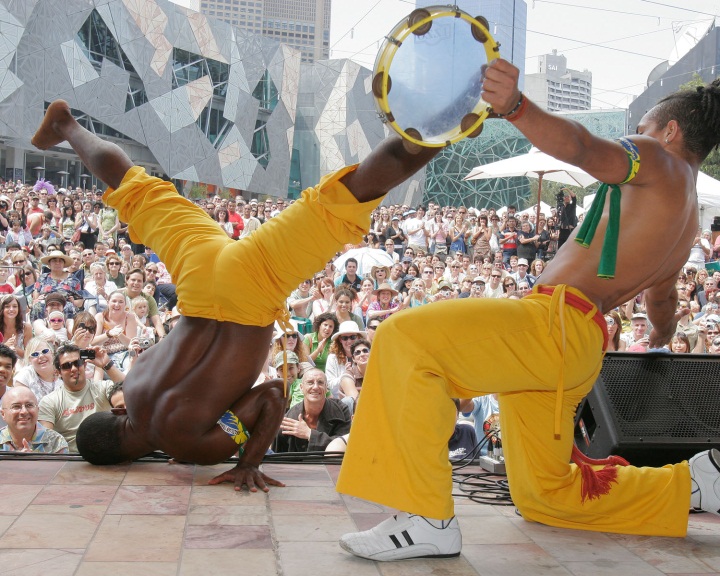Immigration History from Brazil (Portuguese) to Victoria
Já em 1871, o censo vitoriano registrava 45 brasileiros em Victoria. No século XIX, os números de nascidos no Brasil chegaram ao seu máximo com 52 em 1891. No início do século XX houve um declínio estável na imigração do Brasil, atingindo-se o número mais baixo de todos os tempos com apenas 22 vitorianos nascidos no Brasil em 1933.
A população então continuou relativamente estável até 1947 quando o Brasil foi excluído como uma categoria no senso vitoriano até os anos 70 quando a imigração da América Latina começou em grande escala. Devido a este intervalo é difícil avaliar a importância do número de 212 nascidos no Brasil em 1971. Os programas humanitários e para refugiados da Commonwealth nos anos 80 viram este número subir para 550 em 1991, mas a maioria de vitorianos nascidos no Brasil havia imigrado por razões pessoais ou de família. Imigrantes do Brasil podem ter dupla nacionalidade, então mantêm fortes ligações com sua terra natal. O crescimento continuou até o fim do século XX devido ao desenvolvimento do relacionamento econômico entre Austrália e Brasil.
Hoje existem 2015 vitorianos nascidos no Brasil, mais que o triplo desta população desde 1991. Mais de 60% são cristãos, principalmente católicos. Mais do que metade dos empregados estão envolvidos em cargos de gerência ou profissionais, e mais de 18% estão nas indústrias intermediárias de administração, vendas e serviços. O português é falado em casa por 73%, enquanto 13% falam o inglês. Números significativos assentaram nas areas locais governamentais de Port Phillip, Melbourne, Boroondara e Glen Eira. A maior celebração anual é a festa de Carnaval que acontece por quatro dias antes da quarta-feira de cinzas, o primeiro dia da quaresma. A comunidade é apoiada por eventos esportivos e clubes sociais como a ABRISA, que entre outras atividades ajuda a promover os valores culturais brasileiros ao estimular a integração da comunidade através de eventos sociais.



